Understanding Trigger Points and Their Role in Chronic Discomfort
August 14, 2025
9 min
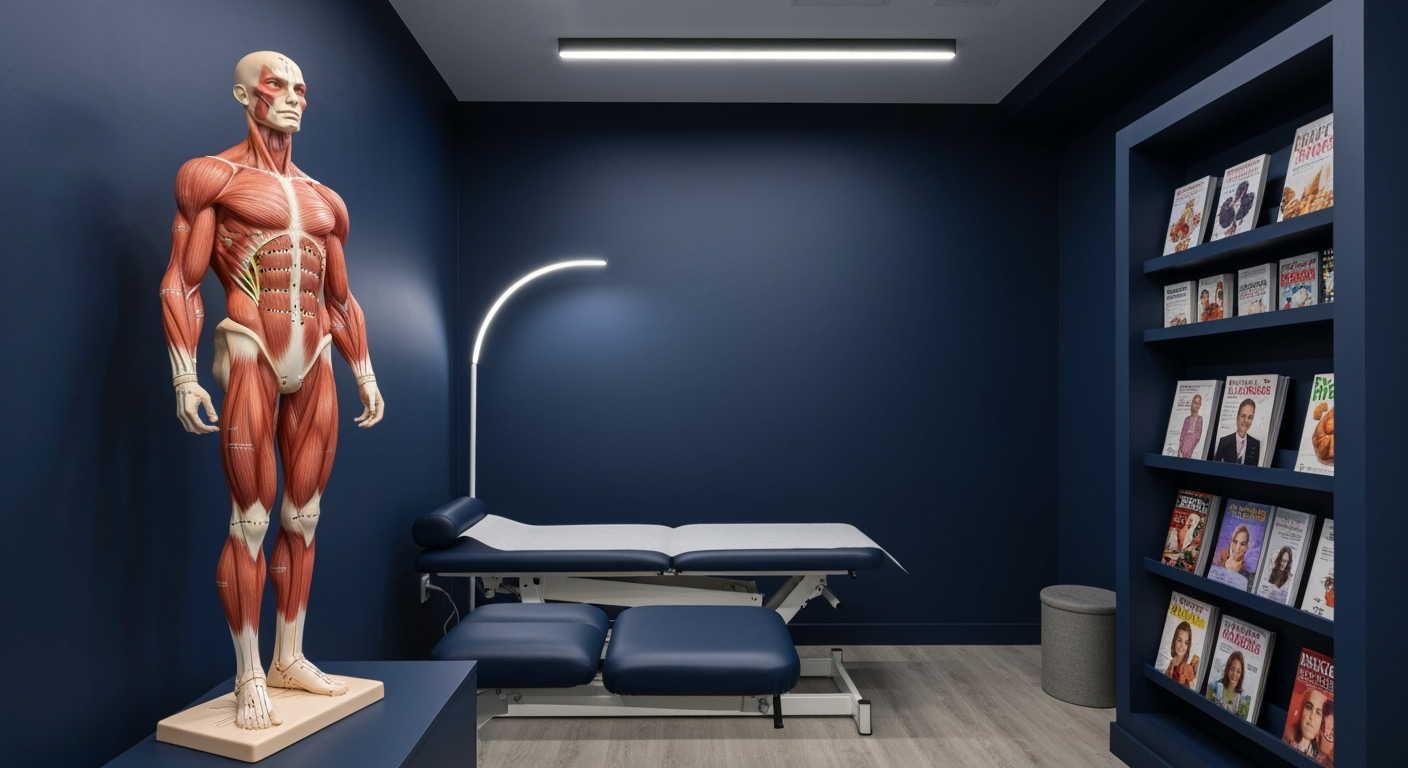
Introduction to Trigger Points and Chronic Discomfort
Trigger points, often referred to as muscle knots, are a prevalent yet frequently misunderstood source of chronic musculoskeletal pain. These hyperirritable spots nestled within taut bands of skeletal muscle can provoke localized tenderness and referred pain, contributing significantly to long-standing discomfort syndromes such as myofascial pain. This article delves into the nature of trigger points, their causes, symptoms, diagnosis, and treatment strategies, highlighting their critical role in chronic pain and overall musculoskeletal health.
Fundamentals of Trigger Points and Their Contribution to Chronic Discomfort
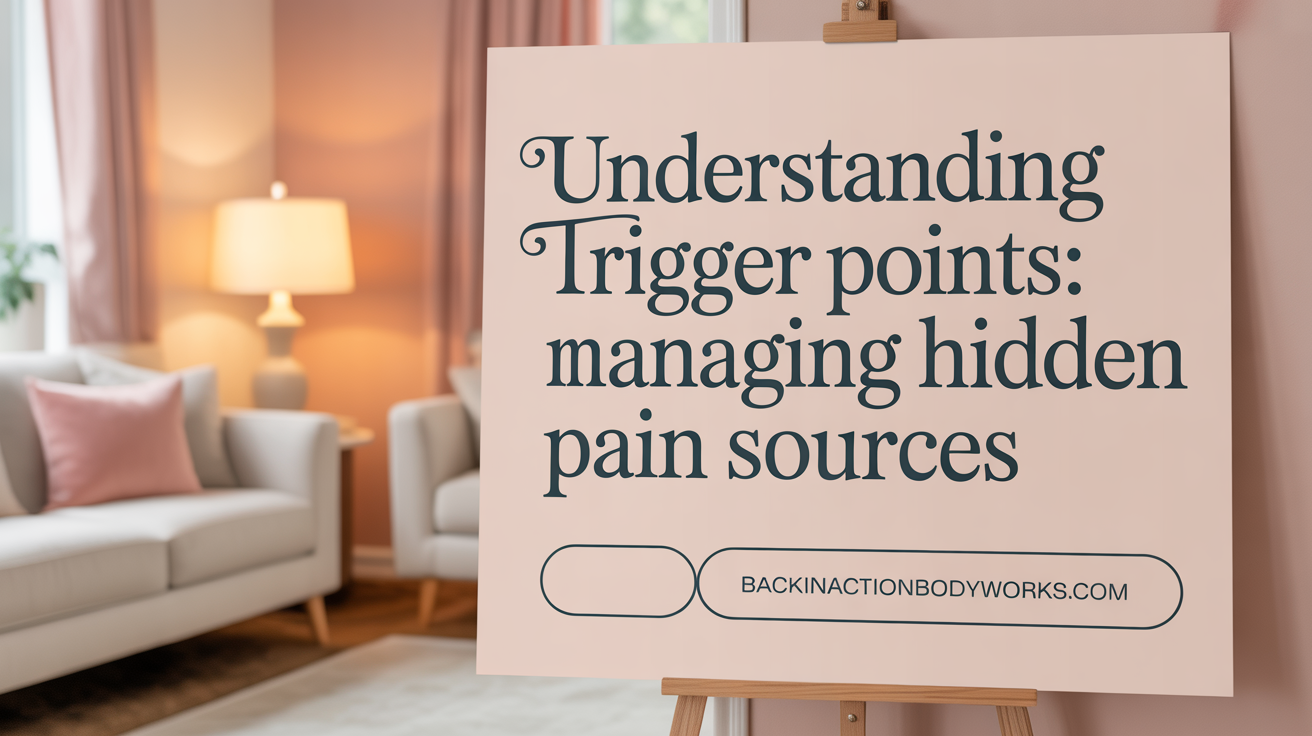
What are trigger points and what role do they play in chronic discomfort?
Trigger points are small, hyperirritable nodules found within taut bands of skeletal muscle fibers. These spots are tender and sensitive, often feeling like small knots or hard spots in the muscle tissue. Trigger points develop due to various causes such as muscle overuse, trauma, poor posture, or systemic factors like stress and nutrient deficiencies.
In chronic pain conditions, trigger points are significant because they can generate both local pain and pain referred to other areas of the body. They alter normal muscle function, leading to weakness, restricted movement, and muscular imbalance. This, in turn, can cause or exacerbate ongoing pain syndromes like myofascial pain syndrome.
Trigger points contribute to discomfort by releasing inflammatory mediators and causing local microcirculatory disturbances such as ischemia and hypoxia. These changes sensitize nerve endings, perpetuating pain signals. Moreover, trigger points can lead to central nervous system sensitization, where the pain becomes more intense and persistent beyond the original trigger.
The detection and treatment of trigger points are crucial for managing chronic musculoskeletal pain. Techniques like manual therapy, dry needling, and trigger point injections target these hyperirritable spots, helping to deactivate them and reduce the associated pain. Overall, understanding trigger points is essential in addressing and alleviating long-term discomfort linked to muscle dysfunction.
Causes, Types, and Development of Trigger Points

What causes trigger points to form?
Trigger points develop from various causes that mainly involve muscle overuse, injury, or sustained muscular stress. Repetitive movements, prolonged contractions, trauma, and poor posture can lead to excessive muscle fiber contraction, creating localized knots or tight bands. These areas often experience increased calcium release into muscle cells, causing sustained contraction and reduced blood flow—known as local ischemia. This metabolic disturbance triggers the release of pain mediators, further sensitizing nerve endings and maintaining the trigger point.
In addition to biomechanical factors, systemic influences such as chronic stress, vitamin deficiencies, aging, and disturbed sleep contribute to trigger point formation. These factors impair muscle healing and alter neuromuscular function, making muscles more prone to developing irritability and hypersensitivity. The interplay of mechanical stress, neurochemical changes, and reduced tissue oxygenation establishes a cycle that sustains the formation and persistence of trigger points.
What are the types of trigger points and how do they differ?
Trigger points are generally classified into several types based on their clinical behavior and location. The most common categories include active, latent, and satellite trigger points.
Active trigger points spontaneously produce pain without stimulation. They generate referred pain patterns, which can mimic nerve or joint issues. These points are tender, palpable as small nodules, and often cause a local twitch response when stimulated.
Latent trigger points do not cause spontaneous pain but become painful upon pressure. They can restrict muscle movement and contribute to muscle weakness and imbalance over time.
Satellite trigger points develop in muscles that are affected by a primary trigger point elsewhere. They can cause pain in their own localized area or contribute to spreading symptoms, often responding to treatment of the primary trigger point.
Other classifications include primary or central trigger points, diffuse trigger points, attachment trigger points, and ligamentous trigger points. These categories consider the anatomical origin or the specific tissue involved, providing a detailed framework for diagnosis and targeted therapy.
Understanding these different types helps clinicians tailor interventions—whether manual therapy, dry needling, or injections—to effectively deactivate trigger points and alleviate related pain conditions.
Symptoms and Common Locations of Trigger Points in Chronic Pain Syndromes
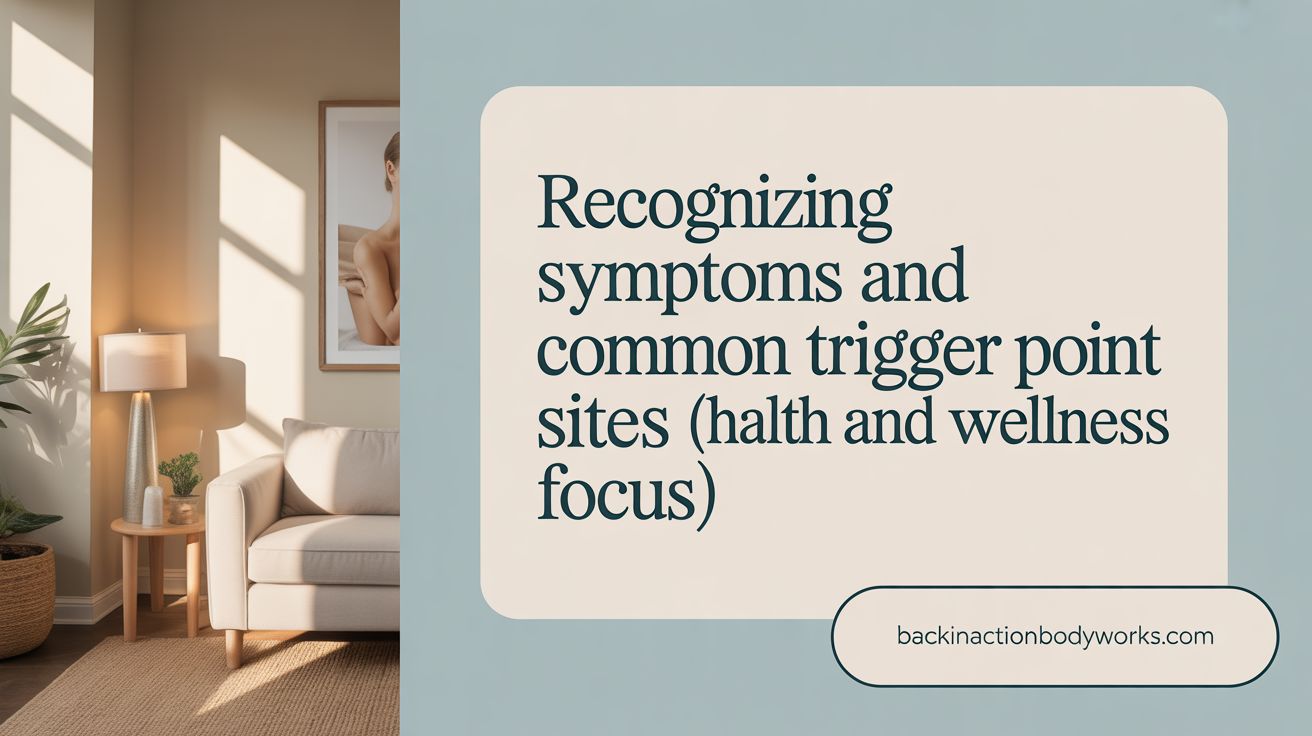
What symptoms and common locations are associated with trigger points?
Trigger points, often called muscle knots, are hyperirritable, tender areas within taut bands of skeletal muscle tissue. These small, localized nodules typically develop as a result of muscle overuse, injury, poor posture, chronic stress, or other physical and systemic factors. Their presence can lead to a variety of symptoms, most notably deep, aching localized pain. Many individuals experience increased muscle tenderness and stiffness around these spots, along with a reduction in range of motion and muscle weakness if they persist.
An important aspect of trigger points is their ability to produce referred pain patterns. These pain signals often radiate to other body parts, following specific pathways that are consistent for particular muscles. Unlike nerve-related pain, which follows dermatomal distributions, trigger point referred pain does not align with nerve root territories, making diagnosis based solely on pain distribution challenging.
Active trigger points are especially problematic because they cause spontaneous pain without external stimulation. When pressed, they may elicit a twitch response—a sudden contraction of the muscle fibers in the area—further contributing to discomfort.
Common locations where trigger points are found include muscles such as the trapezius in the upper back and neck, the masseter muscle in the jaw, the gluteus medius in the hips, and the sternocleidomastoid in the neck. These sites are often associated with headaches, facial pain, neck stiffness, and limb discomfort. Their activation can influence posture and joint mechanics, leading to further musculoskeletal imbalance.
Recognizing these symptoms and their typical locations is critical for targeted treatment. Palpation remains a primary diagnostic method, helping clinicians locate tender nodules and reproduce pain symptoms. Management strategies include physical therapy, dry needling, trigger point injections, and manual therapy, all aimed at deactivating these painful knots and restoring normal muscle function.
Diagnosing Trigger Points: Techniques and Challenges
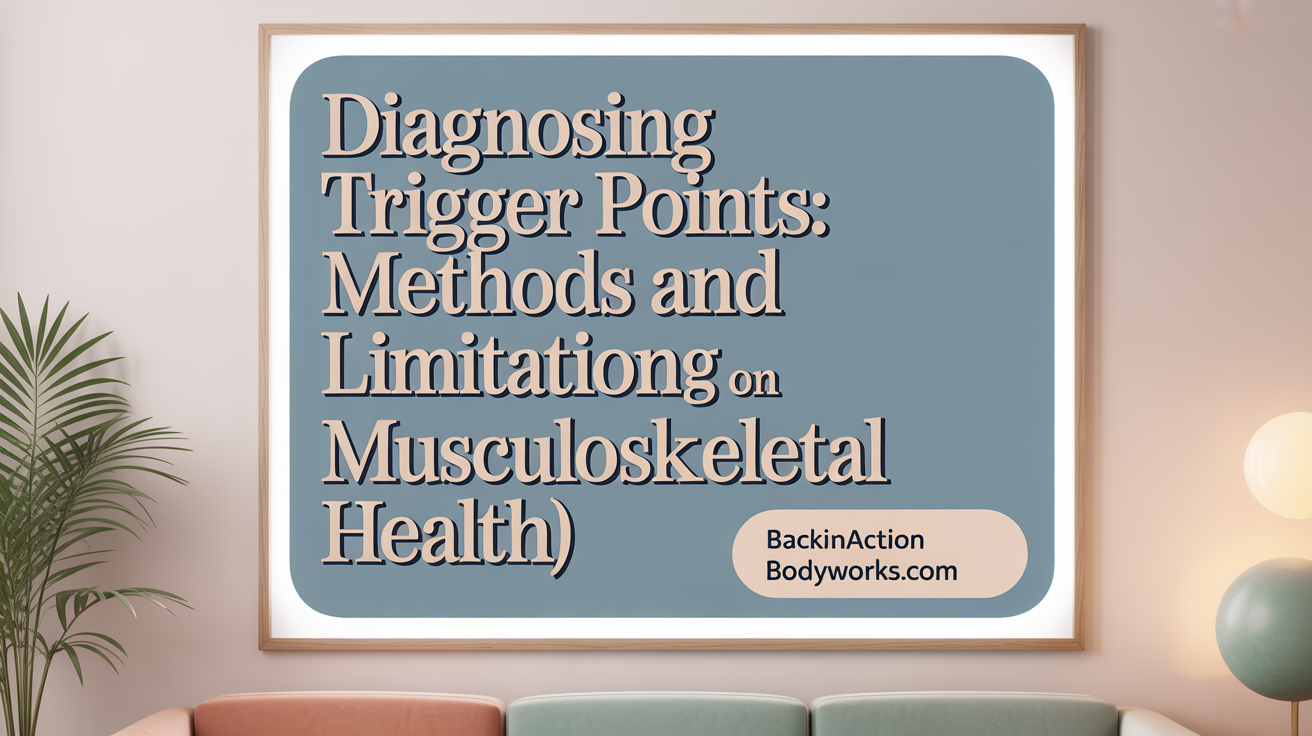
How are trigger points diagnosed and assessed?
Trigger points are mainly identified through careful physical examination. Clinicians palpate muscles to discover small, tender nodules embedded within taut bands of muscle fibers. These sites are often hypersensitive and can produce a local twitch response when pressed, which is a quick contraction of the muscle fibers. In addition, applying pressure to trigger points may reproduce the patient's characteristic referred pain, following specific referral patterns mapped on trigger point charts.
Although there are no definitive laboratory or imaging tests for diagnosing trigger points, recent advancements have introduced tools such as ultrasound elastography and electromyography. These methods can sometimes reveal increased tissue stiffness or abnormal electrical activity associated with active trigger points, providing additional evidence.
Differentiating trigger points from other sources of pain—such as nerve compression or joint issues—is crucial. Trigger points typically produce a deep, aching pain that can refer to distant areas, but they do not follow nerve distributions like radiculopathy.
Despite these techniques, diagnosing trigger points remains a challenge because of variable reliability. The physical signs can differ based on the clinician’s experience and the patient’s muscle sensitivity. Therefore, diagnosis often involves ruling out other conditions and observing symptom reproduction during palpation.
In summary, assessment combines tactile evaluation, patient response, and emerging imaging techniques, though clinical judgment is essential due to current limitations in objective confirmation.
Treatment Approaches for Trigger Points in Chronic Pain

What treatment strategies are effective for managing trigger points?
Managing trigger points effectively requires a combination of therapies tailored to the individual's condition. Manual therapies are a cornerstone, including massage, myofascial release, and stretching exercises. These approaches help to relax tense muscles, improve flexibility, and diminish pain. Massage therapy, especially deep tissue or specified trigger point therapy, directly targets the hyperirritable spots, reducing muscle tension.
Trigger point injections represent another vital strategy, especially when conservative therapies are insufficient. These injections typically contain local anesthetics to deactivate the trigger point temporarily, providing rapid relief. Sometimes corticosteroids are used to reduce inflammation, and in some cases, botulinum toxin (Botox) is administered to relax overly contracted muscles. The goal is to inactivate the trigger point, break the pain cycle, and facilitate further therapy.
Physical therapy modalities also play a significant role. Techniques such as ultrasound therapy and Transcutaneous Electrical Nerve Stimulation (TENS) not only improve blood flow but also help relax muscles and alleviate chronic pain. These treatments support tissue healing and enhance muscle function.
Dry needling and acupuncture, rooted in both traditional Chinese medicine and modern clinical practice, are effective in deactivating trigger points. Dry needling involves inserting thin needles directly into the trigger point to elicit a twitch response, which helps release muscle knots. Acupuncture points often overlap with trigger point locations, and stimulation can promote healing and reduce pain.
It’s crucial that treatment plans are multimodal and individualized. Addressing underlying causes, such as overuse, trauma, poor posture, or systemic issues, enhances treatment outcomes. Education about posture, ergonomic adjustments, and lifestyle modifications are integral parts of a comprehensive approach. Combining manual therapy, injections, physical modalities, and patient-centered education often leads to significant pain relief, improved muscle function, and a better quality of life.
For optimal results, healthcare providers incorporate evidence-based practices and tailor interventions to each patient’s unique needs, thereby achieving more sustainable and effective management of trigger point-associated pain.
Broader Implications: Trigger Points in Chronic Pain Syndromes and Musculoskeletal Health
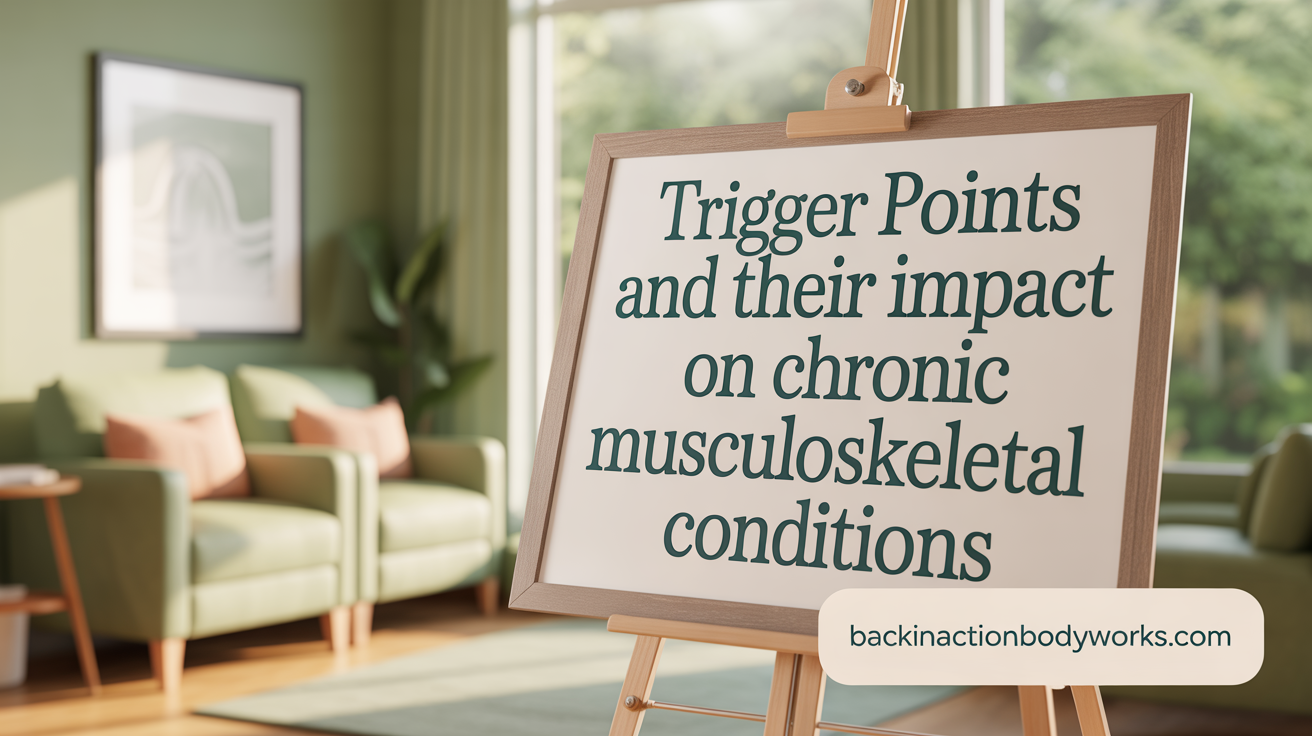 Trigger points significantly influence the development and persistence of chronic pain conditions, including fibromyalgia, pelvic pain, and temporomandibular joint (TMJ) disorders. These hyperirritable spots in muscles generate persistent localized discomfort and can radiate pain to distant areas, complicating diagnosis and treatment. In pelvic pain syndromes, trigger points in the pelvic and abdominal muscles are often linked to conditions like chronic pelvic pain syndrome (CPPS), affecting approximately 10% of women. Similarly, trigger points in shoulder and neck muscles contribute to tension headaches, migraines, and TMJ dysfunction.
Trigger points significantly influence the development and persistence of chronic pain conditions, including fibromyalgia, pelvic pain, and temporomandibular joint (TMJ) disorders. These hyperirritable spots in muscles generate persistent localized discomfort and can radiate pain to distant areas, complicating diagnosis and treatment. In pelvic pain syndromes, trigger points in the pelvic and abdominal muscles are often linked to conditions like chronic pelvic pain syndrome (CPPS), affecting approximately 10% of women. Similarly, trigger points in shoulder and neck muscles contribute to tension headaches, migraines, and TMJ dysfunction.
Another critical aspect is their role in nerve compression and radicular pain. Trigger points can cause localized muscle tightening that traps or compress nearby nerves, leading to nerve entrapment syndromes such as sciatica or radiculopathy. The inflammatory and ischemic environment around trigger points may sensitize nerve pathways, resulting in neuropathic symptoms. Recognizing this contribution helps in targeted therapies that address both muscular and neural components.
Trigger points also have profound effects on posture, joint function, and muscle biomechanics. Muscle knots and spasms can alter normal movement patterns, leading to joint misalignments, restricted range of motion, and postural imbalances. Over time, these biomechanical changes can cause wear and tear, further perpetuating pain cycles.
In terms of neurophysiology, trigger points are understood through mechanisms involving dysfunctional motor endplates, abnormal neuromuscular activity, and central sensitization. Excessive release of acetylcholine at neuromuscular junctions causes sustained muscle contraction, leading to local ischemia and pain mediator release. This process can amplify pain signals through spinal cord plasticity, resulting in central sensitization, which underlies many chronic myofascial pain syndromes.
Managing trigger points effectively is crucial for maintaining long-term musculoskeletal health. Treatment modalities including manual therapy, dry needling, ultrasound, injections, and lifestyle modifications aim to deactivate trigger points, restore muscle function, and prevent pain chronification. Comprehensive management not only alleviates immediate discomfort but also reduces the risk of developing complex, multifactorial pain syndromes, ultimately improving patient quality of life and functional capacity.
Conclusion: Embracing Comprehensive Trigger Point Care
Trigger points are central players in the landscape of chronic musculoskeletal pain, acting as localized foci of muscle dysfunction and nerve sensitization that perpetuate discomfort and limit function. Understanding their complex pathophysiology, varied presentations, and impact on both muscle and nerve systems is essential for effective diagnosis and treatment. A multifaceted approach combining manual therapies, injections, physical modalities, and patient education offers the best chance to deactivate trigger points and restore musculoskeletal health. By prioritizing trigger point management, healthcare providers can improve pain control, promote recovery, and enhance quality of life for individuals burdened by chronic pain conditions rooted in muscular dysfunction.
References
- a comprehensive review of trigger point theory and muscle pain ...
- Myofascial Trigger Points: Understanding, Diagnosis, Management ...
- TRIGGER POINTS & CHRONIC PAIN
- Trigger Points - Physiopedia
- Understanding Your Trigger Points - Delmarva Pain and Spine Center
- The Connection Between Trigger Points and Chronic Pain Conditions
- Trigger Points and Their Impact on Chronic Pain - Stem Cell Of NJ
Recent articles

Effective Corrective Exercises for Sustainable Pain Management

Taking a Root Cause Approach to Chronic Pain Management

Holistic Pain Management Techniques Without Surgery

How Patient Success Stories Validate Chiropractic Care Benefits

Spinal Decompression: Innovative Treatment for Sciatic Nerve Pain

Spinal Decompression Therapy: A Non-Invasive Approach to Sciatica Relief

Exploring Holistic Approaches Beyond Surgery for Pain Relief

Practical Lifestyle Advice to Support a Healthy Spine Every Day

Corrective Exercise Routines Designed for Long-Term Pain Prevention

Real Patient Stories: Overcoming Chronic Pain with Chiropractic Care

Lifestyle Changes That Promote a Healthy Spine and Prevent Injury

How Addressing the Root Cause of Pain Leads to Lasting Relief

Non-Surgical Holistic Therapies to Manage Chronic Pain Effectively

Nutritional Counseling's Impact on Physical Health and Healing

Benefits of Regular Chiropractic Care for a Stronger Back

Your First Chiropractic Visit: What to Expect and How to Prepare

Patient Experiences: How Chiropractic Care Transformed Their Lives

Exploring Holistic, Non-Surgical Options for Pain Management

Combining Physiotherapy with Chiropractic Treatments for Enhanced Recovery

Holistic Treatments That Offer Alternatives to Surgery for Pain Relief

Corrective Exercise Strategies for Long-Term Spine Health

How Physiotherapy Complements Chiropractic Adjustments for Better Outcomes

First-Time Chiropractic Visitors: What You Should Know

Understanding the Importance of Treating Pain at Its Source

Adopting Lifestyle Changes to Support Your Spine's Wellness

Utilizing Physiotherapy to Enhance Chiropractic Treatment Outcomes

The Key Advantages of Chiropractic Care for Back Pain Sufferers

Why Focusing on Root Causes Improves Pain Treatment Success

Corrective Exercises That Promote Lasting Pain Relief and Mobility

Sciatica Relief Through Targeted Spinal Decompression Techniques

Preparing for Your First Chiropractic Appointment with Confidence

Healthy Lifestyle Habits for Maintaining Spinal Alignment

Success Stories Highlighting Chiropractic's Role in Pain Recovery

Top Benefits of Chiropractic Care for Chronic Back Pain

Nutrition Tips to Boost Your Overall Wellness and Recovery

How Chiropractic Care Alleviates Back Pain Naturally

How Nutritional Counseling Supports Overall Wellness and Spine Health

Step-by-Step Guide to Your First Visit with a Chiropractor

Using Nutrition to Support Chiropractic and Overall Wellness

Integrating Physiotherapy in Your Chiropractic Healing Journey

How Physiotherapy Complements Chiropractic Adjustments for Faster Healing

Lifestyle Tips for Maintaining a Healthy Spine and Preventing Back Pain

Heartwarming Patient Testimonials Highlighting Chiropractic Success

How Proper Nutrition Supports Chiropractic and Physiotherapy Treatments

Combining Physiotherapy and Chiropractic Treatments for Optimal Recovery

Why Chiropractic Treatments Are Effective for Managing Back Pain

Choosing a Chiropractor: Tips for Finding a Trusted Provider

Integrating Physiotherapy and Chiropractic: Benefits and What to Expect

How Tailored Corrective Exercises Can Aid in Pain Management

Chiropractic Care: A Proven Solution for Alleviating Back Pain

What to Expect at Your First Chiropractic Visit: A Comprehensive Guide

The Importance of Root Cause Analysis in Effective Pain Management

The Role of Corrective Exercises in Sustaining Pain-Free Living

Combining Chiropractic and Physiotherapy for Comprehensive Pain Relief

How Addressing Underlying Causes Improves Pain Treatment Effectiveness

Maintaining Spinal Health Through Lifestyle Changes and Preventive Care

Understanding the Benefits of Chiropractic Adjustments for Back Pain Sufferers

Spinal Decompression Therapy: A New Hope for Sciatica Relief

Lifestyle Recommendations to Support a Healthy Spine and Reduce Pain

Choosing the Right Chiropractor: Key Factors to Consider Before Your First Appointment

Non-Invasive Treatment Alternatives: A Holistic Approach to Pain Relief

Corrective Exercises to Support Long-Term Relief from Chronic Pain

Exploring Non-Surgical Approaches to Spine Health and Wellness

Tips for Daily Habits That Keep Your Spine Strong

Success Stories: How Chiropractic Treatments Changed Lives

Why Focusing on the Root Cause of Pain Leads to Better Outcomes

Nutritional Counseling and Its Impact on Overall Wellness and Recovery

Patient Testimonials That Showcase the Power of Chiropractic Care

Preparing for Your First Chiropractic Appointment: What You Need to Know

Holistic Treatment Options: Beyond Surgery for Pain Relief

Holistic Pain Relief Methods That Avoid Surgery

Nutritional Strategies for Supporting Spine Health and Recovery

First Chiropractic Visit: What Happens and How to Prepare

Chiropractic Patient Success Stories: Inspiring Journeys to Wellness
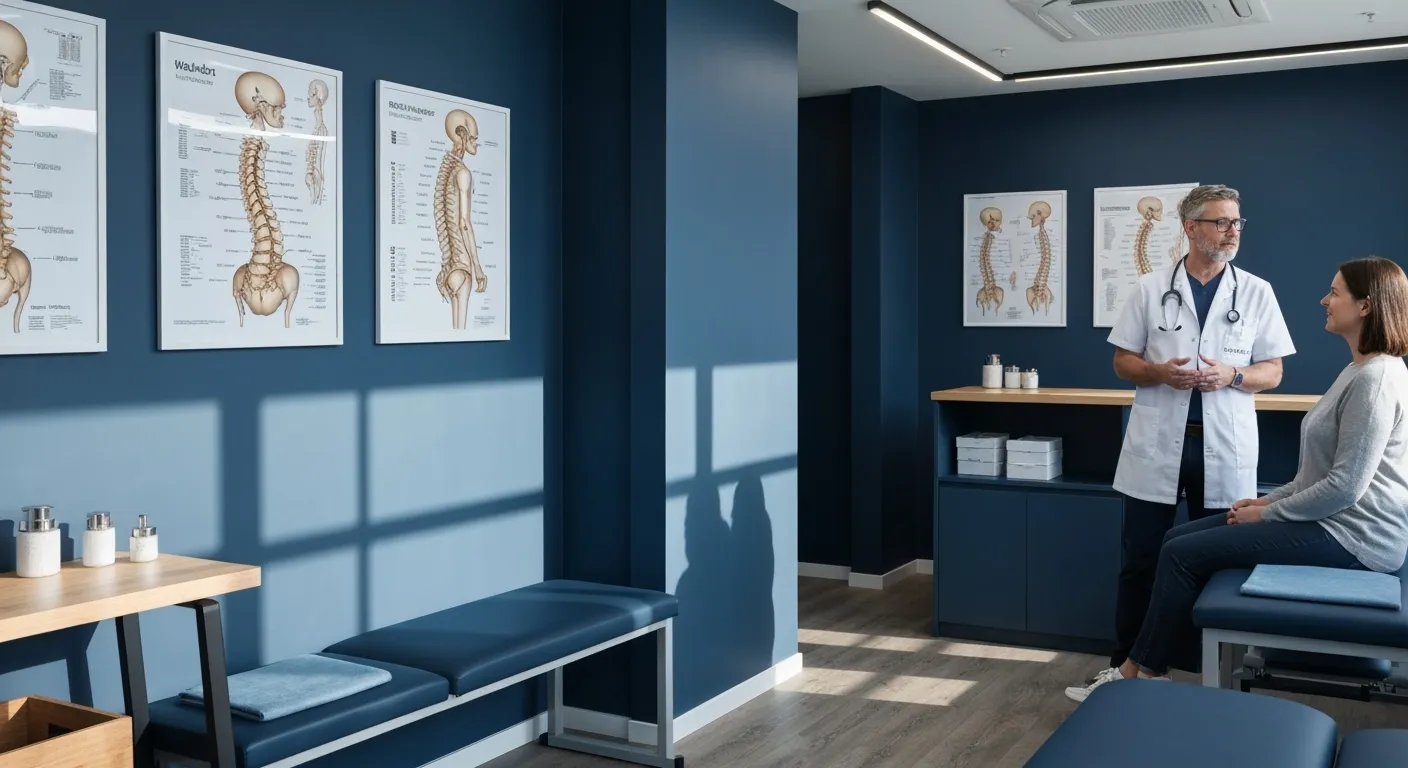
Effectiveness of Spinal Decompression Therapy in Managing Sciatic Nerve Pain

Addressing Pain at Its Source: Why Treating the Root Cause Matters

Corrective Exercise Programs Designed for Long-Term Pain Prevention

Healthy Lifestyle Advice for Maintaining Spinal Alignment
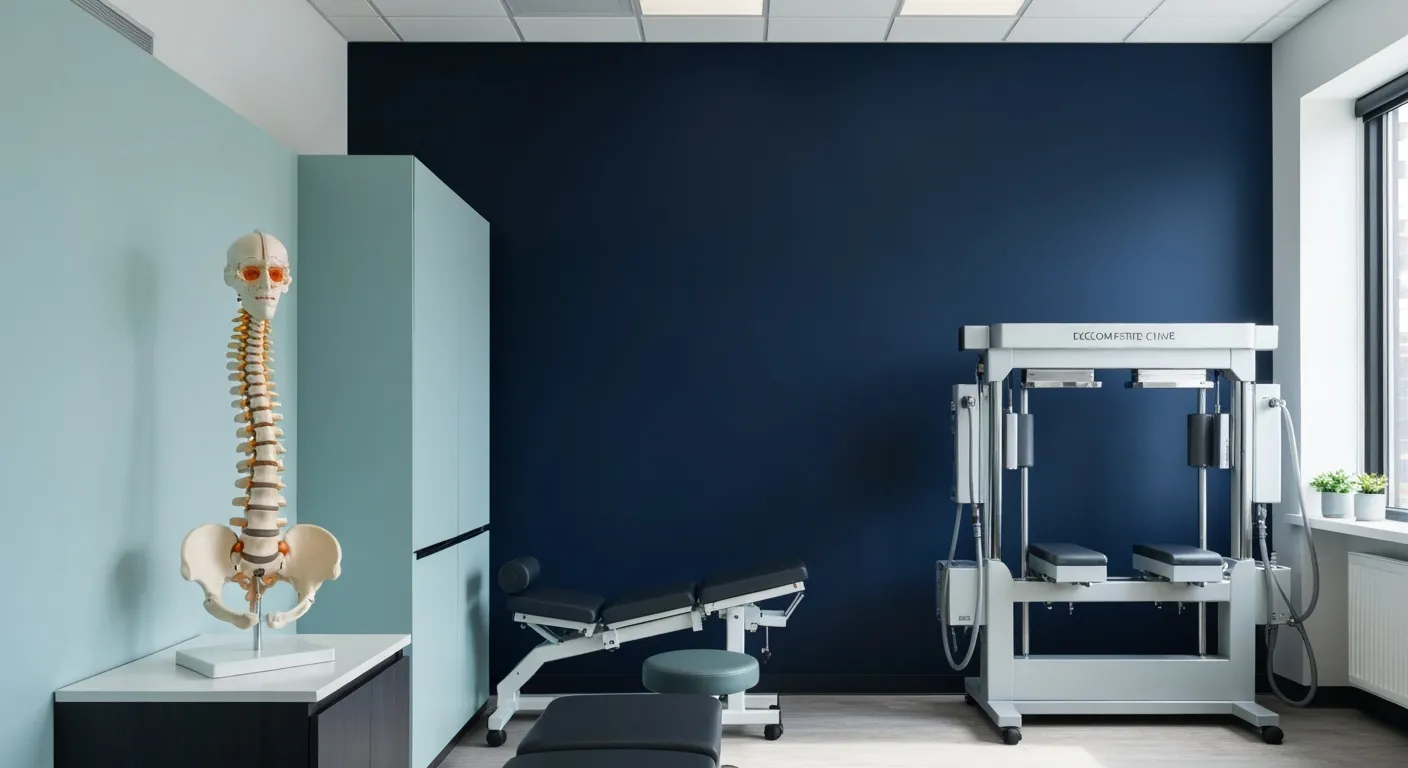
Understanding Spinal Decompression as a Treatment for Sciatica Pain
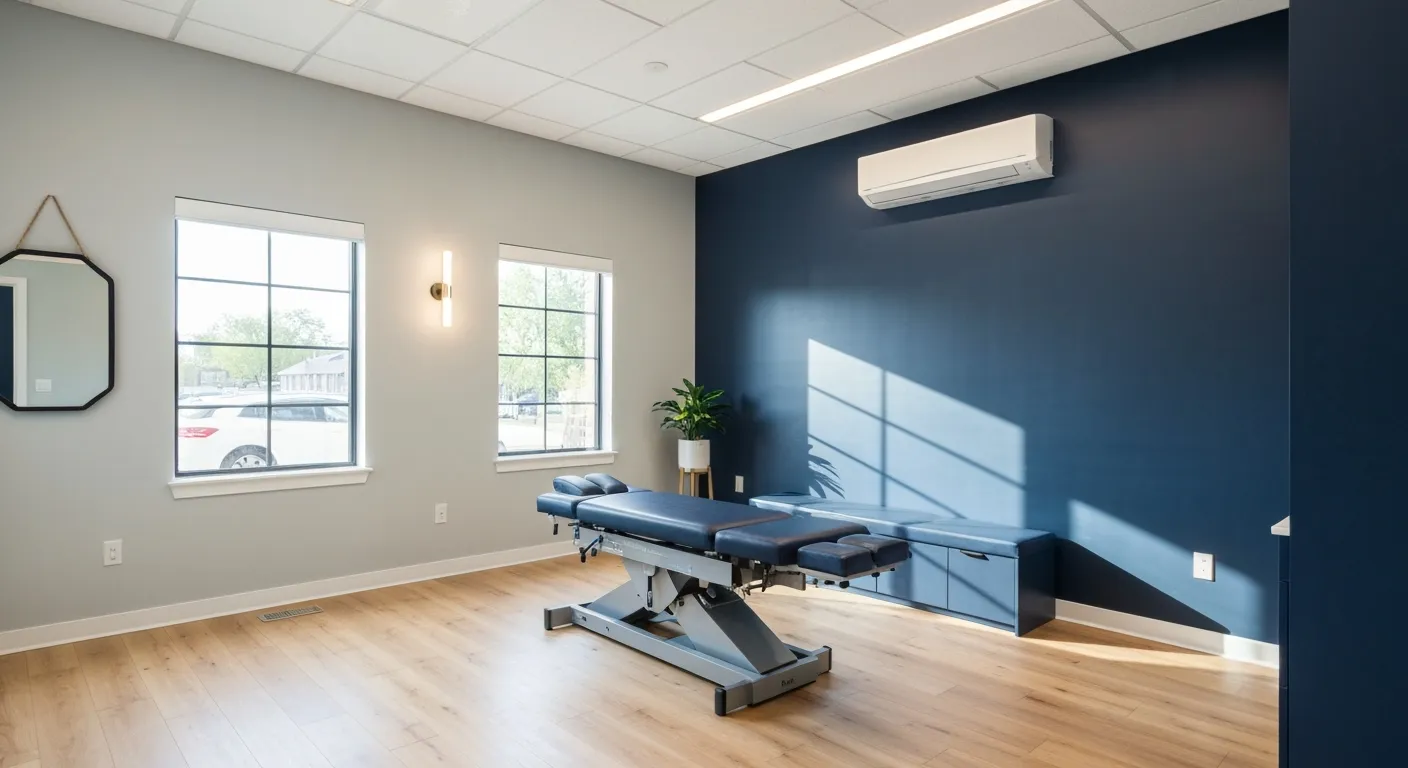
Benefits of Chiropractic Care Specifically for Back Pain Relief

Understanding Gait Analysis in Physiotherapy
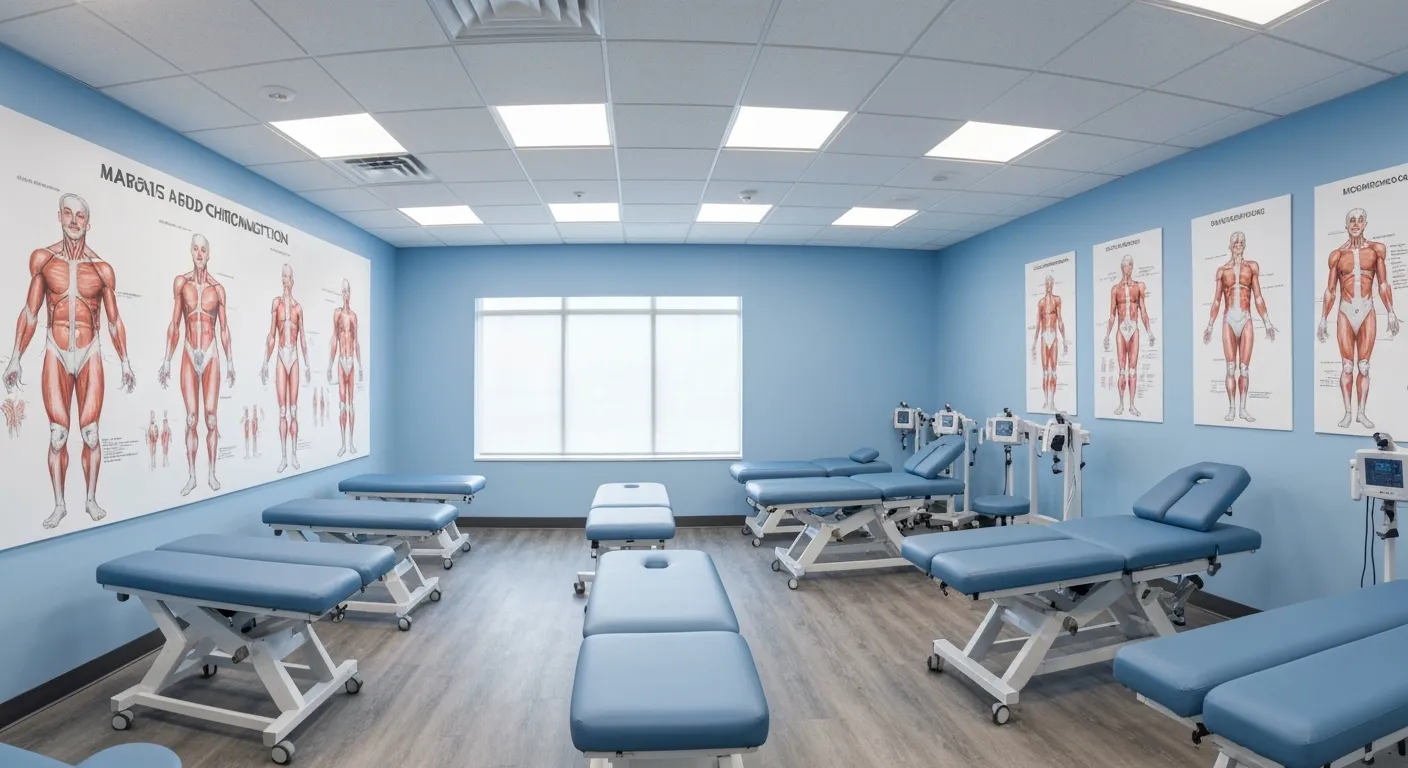
The Difference Between Muscle Soreness and Dysfunction

Workplace Stress Statistics: How Muscle Tension Impacts Productivity

How Physiotherapy Improves Mobility for Seniors

How to Communicate Pain Levels to Your Therapist Effectively
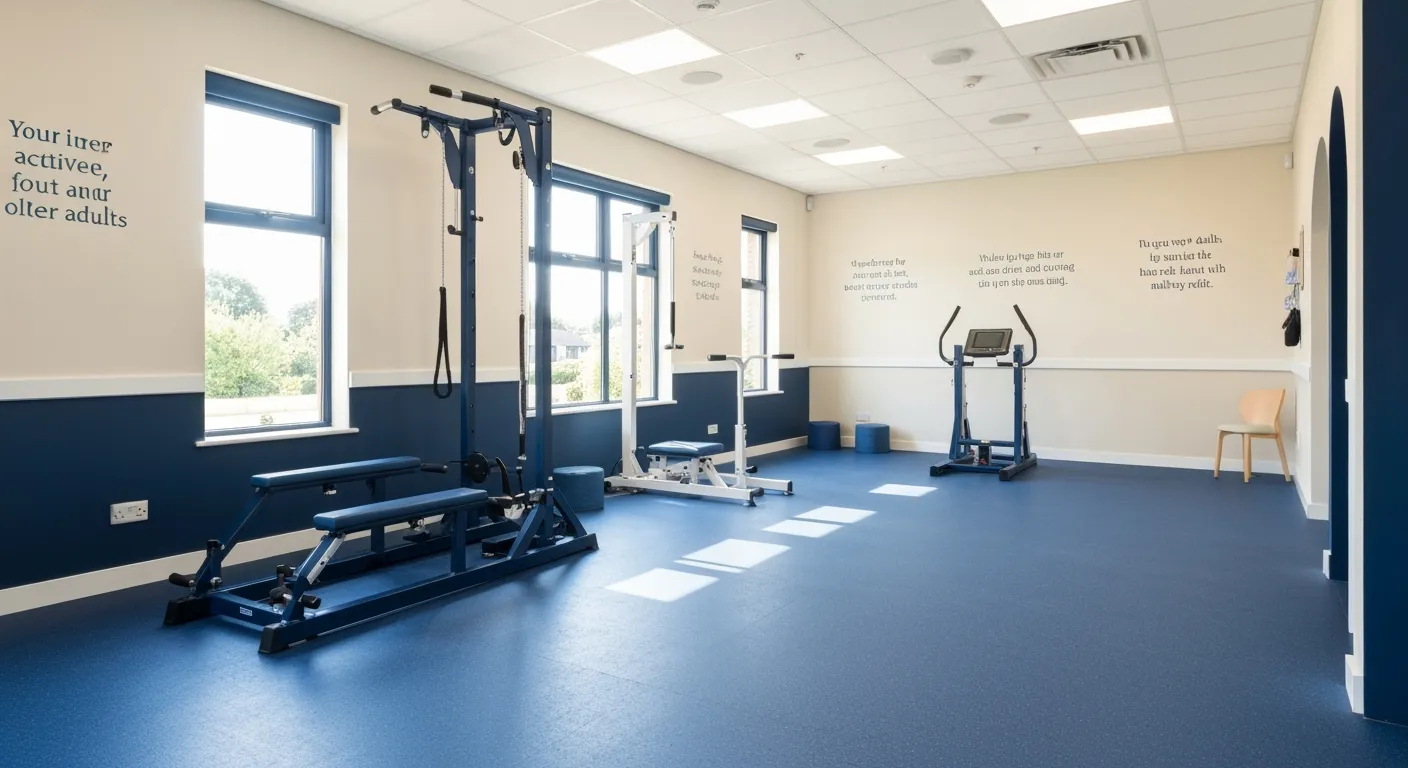
Physiotherapy Interventions for Balance and Fall Prevention

How Physiotherapy Helps Post-Surgical Recovery

Lifestyle Advice Everyone with Back Pain Should Follow

Chiropractic Industry Statistics: Growth, Demand, and Future Trends
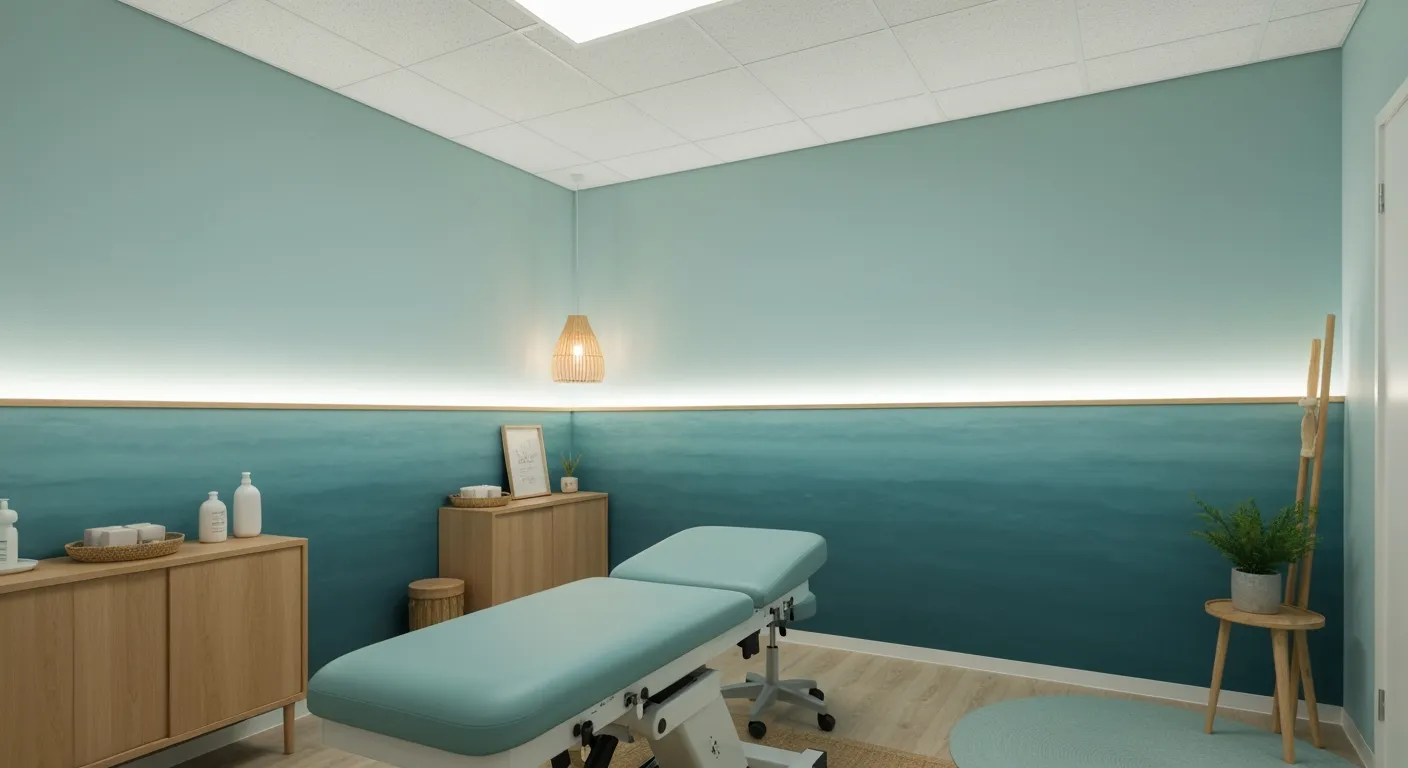
Myofascial Release: What It Is and Why It Matters

Chiropractic Care vs. Traditional Medicine: Cost and Effectiveness Statistics

Ergonomic Workspace Tips to Support Spinal Health

Why Proper Breathing Matters During a Massage Session
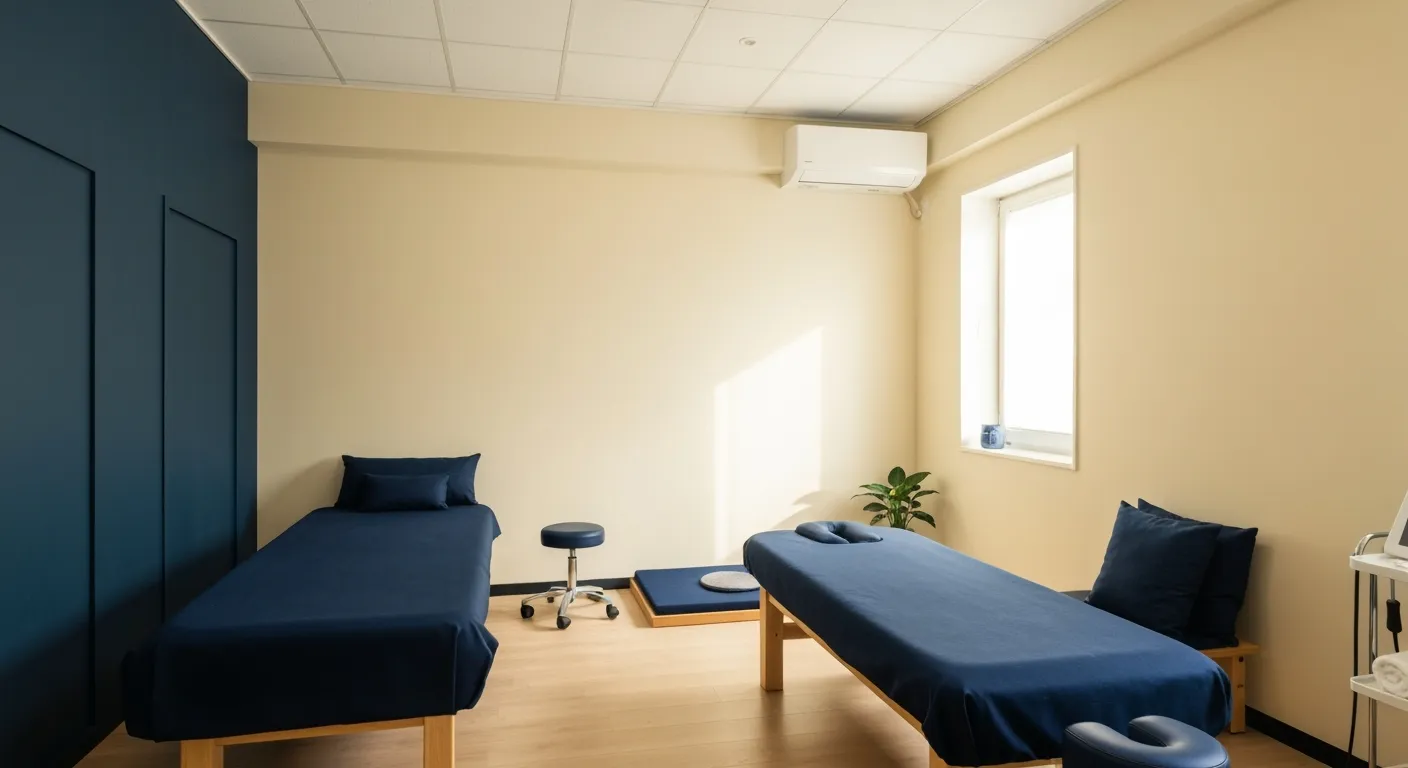
Client Retention Trends in the Therapeutic Bodywork Industry

Why Physiotherapy Is Key in Preventing Re-Injury

How Massage Therapy Supports Natural Pain Relief

Healthcare Cost Reduction Through Preventive Bodywork Use

Athlete Massage Statistics: Pre-Event vs. Post-Event Outcomes

Massage for Migraine and Headache Relief

